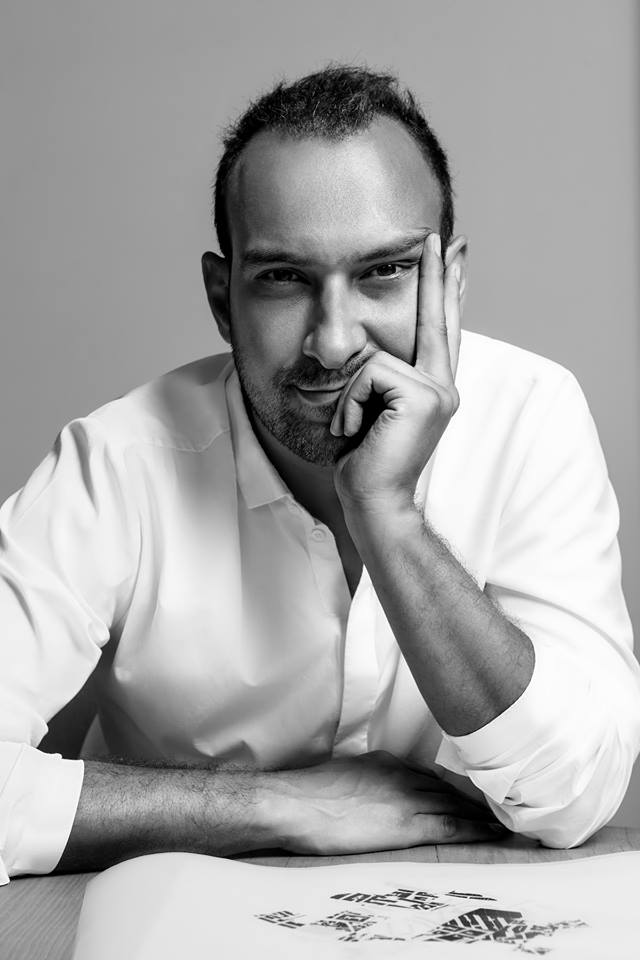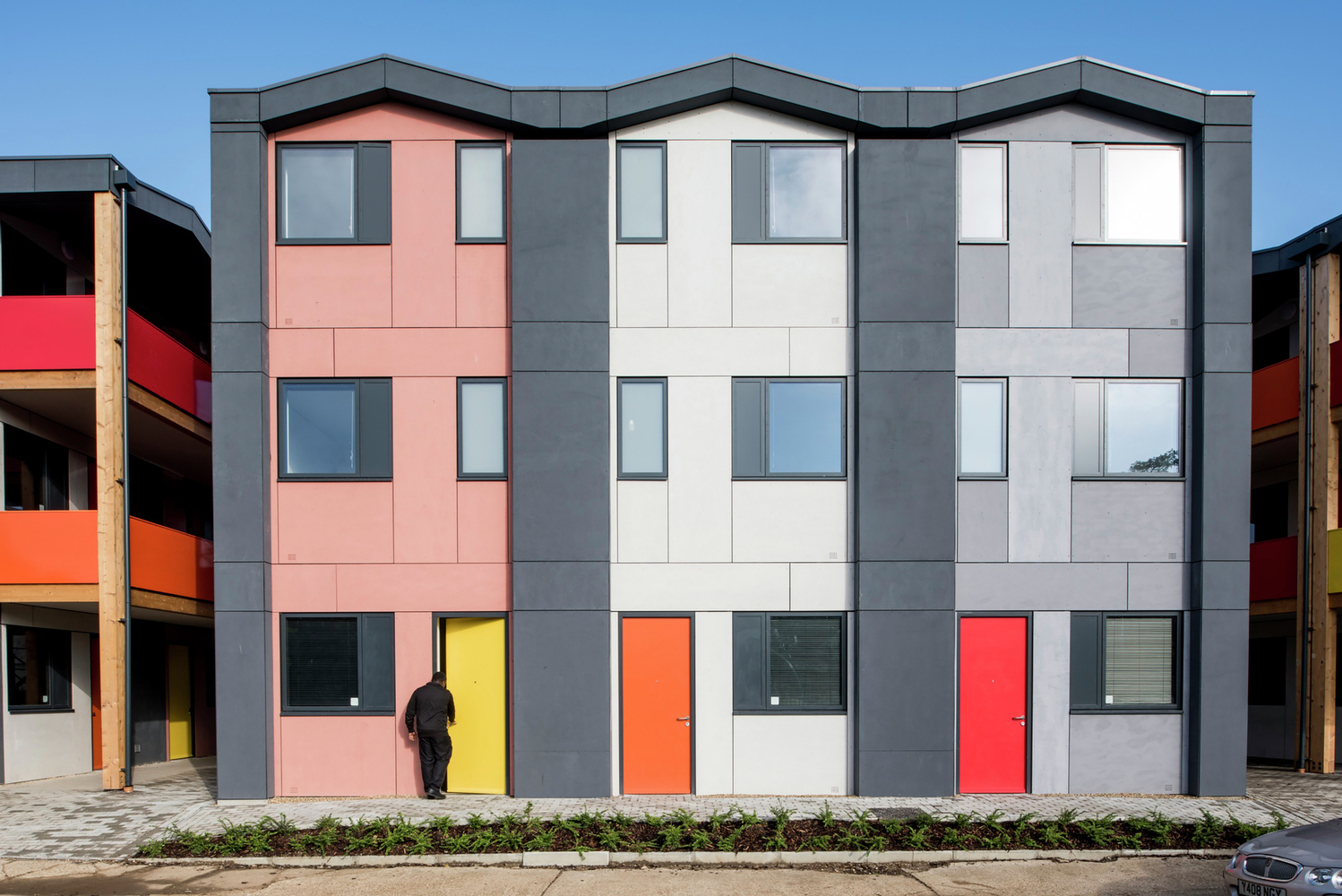
Alper Derinboğaz founded Salon in 2010 as an emerging architect, but many experience and talent behind him. Constructing a team that focuses on tactical and experimental innovation in cities. Alper and his studio have received many awards since they started and personally every single one of them has been so important for him, it also has a great influence in how he perceives the profession.
What motivated you to start the project of the studio Salon?
It happened naturally. After I finished my masters at UCLA, I worked in some large offices and I also began teaching a studio in the university. These two layers were influential in my understanding of architecture. So, the idea of the studio was to create an environment which brings these two things together. Academic problems would be discussed together with real life solutions.
We read that you used the name Salon because of the meaning it has in French, but what does it exactly mean to you?
Salon comes from the French meaning which is a space for people to gather and exchange ideas, and actually it was in these types of spaces that the French revolution took shape. So, this was a nice reference in terms of being a place for people to collaborate and generate new ways of thinking.
What do you need from a professional in order for them to be part of your team?
We value diverse proficiency and deep knowledge. All our teammates take part in the design, but they are each very good at certain things. Everyone has deep knowledge in their area of interest and this brings value into the studio. Everyone has a voice and the projects develop collectively with these voices. Architecturally, understanding technical details and following contemporary design issues might sound like very different pieces of architecture but what becomes significant is how you connect those pieces. Experience is also important. In architecture, we continue our education in practice, time changes things over the years so we are always still learning.
What has been the most honourable recognition you received as an architect?
We were lucky enough to receive different honours and recognitions and I think they are all equally important. The recognitions and also the timing of the recognitions are very important. The younger you are the more influential they are in your profession. I think, from sponsorships to scholarships and awards, like when I was still studying, they can make a great influence in your understanding of the profession, understanding that your ideas can change things and that there are people recognising your emotional and intellectual investments. So, I would say all of them are important to me.
Could you say one characteristic of your style or studio that makes your designs unique?
I think our studio is unique because we are looking at architecture as being at the intersection of science and art. This is very eye-opening for us, so every project is a unique challenge. I’m not sure I can say that we have a very specific style that you can recognise visually but if you look deeper, we always try to come up with a solution or idea that brings an important perspective to the situation. We try to look at it from a different dimension. And I think this is very crucial for humankind. We are evolving, but our physical surroundings are not evolving as much as they could be. Our visual environment is moving very fast, but at the physical scale there is more risk, the cost is higher, and less people are trying. So, we try to come up with real experiments that are tested on paper and realised in the architectural scale. In terms of the design style, we are looking for certain primitive, basic solutions. But we look for these basic solutions as if we are rediscovering the technology, or the context. We try to be minimal with our solutions, although our process is complex.
What is one project which you have developed and meant the most to you?
Istanbul City Museum has been a very meaningful project to work on. This has been an ongoing project since 2016 and we worked with over 200 professionals, just on the project side. It is a large cultural investment for the city. We have been lucky enough to be a lead in the project. We had this historic context and a complicated location, as well as a complicated subject. How do you talk about the history of Istanbul as a city? There are so many layers. But I think the beauty of it comes from its complexity, and we wanted to exhibit this intensity of the subject also within the project. So the project itself is complicated and layered. And I think this reflects very much the history of the city.
What is that one project that you still haven’t had the chance to carry out?
We have carried out a lot of different projects so we have had a lot of diversity of projects and interesting things. We did quite a few museum projects, we did public installations, we did residential and office buildings. I think what we haven’t done is a building without a function. I’m a firm believer in good spaces, the quality of spaces. Sometimes we play the game of form follows function, but sometimes there are spaces that are so interesting and so articulate and so much a part of your cognitive environment that the building becomes its function. So, I would really love to work on a building without a function, it would be very interesting. Thank you for the question.
What are some challenges you have to face as an emerging architect?
I think the ‘emerging architect’ stage is a challenge by itself. I think now we are slightly beyond the emerging architect space. I’m talking about this because it may be very helpful for young architects reading this.
In your first years, and of course we are still a young practice, but in the very early years, everything is tied into an upcoming project for completion, a client calling you up or something. It still is sometimes like that. But I think it becomes a web of possibilities when you pass 4 or 5 years, that is going to tie you to a certain place. And then you can go beyond much easier than in the past. I think what happens when you emerge, what is important is how excited you are after you receive certain things. This might be the challenge itself.
What role do space and context play in your designs?
Space and context I think are continuous. I really think that any dimensions or any site borders doesn’t mean much, it’s part of a continuous fabric, it’s sometimes a city, sometimes earth, sometimes topography, sometimes water. What your architecture is doing is a modification of this continuity. But that being said, context also changes. In a European understanding of architecture, we used to give a lot of importance to cities. But a lot of the improving cities or fast-changing cities do not have a context of more than 30 years, everything changes every couple of years. We don’t want to take the context as it was in the traditional understanding of the context. I think we need to look at it differently.
What inspires you in order to get to your designs? And which are some of your referents in the world of architecture?
The references we use in the world of architecture are very diverse, I think we have a lot of spaces in our minds. For example, I used to go on school trips when I was a kid and then we used to see all these primitive spaces, people living in caves, people living in different forms and carving out stone. And it seemed like an immense human interaction, but beyond that they also had very interesting interactions with nature. I like this half-finished architecture. I like a lot of ancient architecture and Baroque architecture is very important to me. I’m also very amused by the historic infrastructural developments, like Istanbul aqueducts, the layering of history in the land walls, the underground water infrastructure, which has been used for ages and it is still working. I think these pieces are very influential. Aya Sofya is of course very moving for me.
We are inspired by science and art and we are very much between those two. You can find art inside science and science inside art but architecture constantly has both dimensions simultaneously.
Which are the materials that you usually work with? What is the reason for your choice, the look of the materials, the handling, the origin of them…?
We work with a lot of diverse materials, but for the construction we love steel. We often use steel and wood, we like how they relate to each other. Looking at the recent calculations about the carbon footprints of materials, we are more and more aware of the integrity of different materials, because when you look at certain materials there is always a certain point where it is not performing well.
We try not to transport the materials too much, so we see what local materials are available and see how we can use them. This is an architect’s responsibility to the world.
Compac works with natural resources like quartz, obsidiana or marble. Have you ever worked with these materials?
We have worked with marble at different scales. One of the most specific examples is the Condense project. We were invited to an international fair in Verona. It was an art exhibition curated by Luca Molinari. We wanted to test the boundaries of digital design techniques in stone. We wanted to see how strongly these digital techniques could be translated into stone. The marble pieces coming out are like the history of the geosphere, the earth we are living on, it has a lot of scars and different layers like a map of history. So, this was very influential for us.



